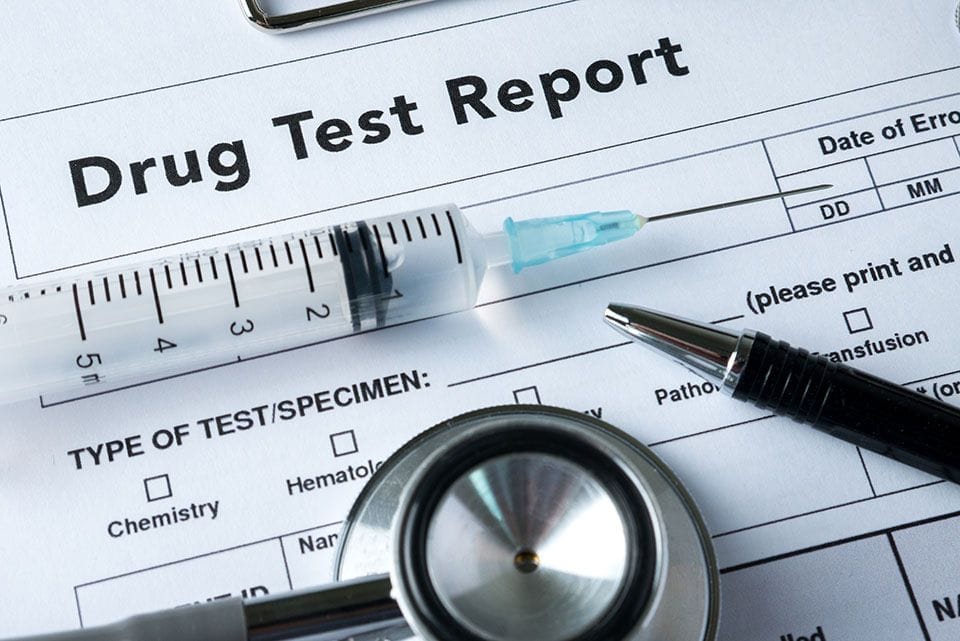Cyberbullying is a term used to describe bullying behaviors that take place through various types of modern communications technologies rather than in person. While these behaviors largely mimic face-to-face bullying behaviors, they can potentially have a much broader reach and involve harsher bullying tactics. According to the results of a study published in 2010 in the American Medical Association’s Archives of General Psychiatry,cyberbullying increases a person’s risks for mental health impairments and certain types of substance use. Tellingly, these risks are largely the same, whether one acts as a cyberbully or experiences cyberbullying at the hands of others.
Bullying Basics
Bullying is essentially an aggressive assertion of power over other people. In some cases, this power assertion involves the actions of a single person; in other cases, it involves the actions of a group of people. Generally speaking, traditional bullying (i.e., bullying that does not rely on modern technology) takes one of three forms: verbal bullying, physical bullying, or social bullying. Verbal bullies employ methods that include threatening others with violence, teasing others, taunting others, and belittling others with sexual or non-sexual derogatory language. Physical bullies employ methods that include purposefully damaging or commandeering other people’s property, and a range of assaultive behaviors such as kicking, shoving, spitting, tripping, or punching. Social bullies employ methods such as publicly shaming others, spreading damaging lies about others, and using social standing to intentionally isolate others or interfere with their ability to form or maintain relationships or friendships.
Cyberbullying Basics
Cyberbullying combines aspects of traditional verbal bullying and social bullying. However, instead of relying on face-to-face interactions with others, it relies on the use of computers and cell phones, which give widespread access to forms of communication that include texting, emailing, and accessing social media sites such as Twitter or Facebook. In terms of its impact or reach, cyberbullying also differs from traditional bullying in several different ways, the US Department of Health and Human Services’ Stopbullying.gov explains. Examples of these differences include a much wider potential audience for a person’s bullying behaviors, the potential for a much greater degree of anonymity for bullying perpetrators, the difficulty or impossibility of removing bullying statements from cell phones or social media outlets, and the constant access to victims provided by the always-on nature of cell phones and the Internet. According to survey information gathered in 2011 by the Centers for Disease Control and Prevention, roughly 16 percent of all high school-age children in the United States are the targets of various forms of cyberbullying. The cyberbullying rate stands at approximately 6 percent when middle school and high school kids are considered together. By comparison, traditional bullying affects about 20 percent of all high school-age children and 28 percent of the combined US middle school and high school population.
Effects on Mental Health and Substance Use
In the study published in 2010 in the Archives of General Psychiatry, a team of Finnish researchers used surveys of roughly 2,200 teenagers to examine the impact of cyberbullying on mental health and involvement in substance use (as well as on general physical health). The surveys included teens targeted by cyberbullying, as well as teens who cyberbullied others. After reviewing the collected data, the researchers concluded that being targeting by cyberbullying puts strains on mental health that include problems processing emotions, disruptions in socially appropriate behavior, an impaired ability to interact successfully with others and a significant decline in normal levels of concentration. Perpetrators of cyberbullying have essentially the same set of problems, as well as additional mental health-related issues such as increased levels of hyperactivity and involvement in behaviors that indicate an inability to follow appropriate conduct guidelines. In addition, cyberbullies have an increased tendency to drink to the point of drunkenness and smoke cigarettes on a frequent basis. Some people who engage in cyberbullying at various points in time are also targets of cyberbullying at other times. The authors of the study in the Archives of General Psychiatry concluded that individuals who function in both of these roles have increased risks for all of the mental health and substance use issues ascribed to cyberbullying targets alone and cyberbullies alone.
Considerations
Apart from mental health and substance use concerns, cyberbullying targets report problems that include sleep disruptions, headaches, frequent stomachaches, and fears for their physical safety while at school. Cyberbullies also report headaches and school-related fears for their physical safety.



